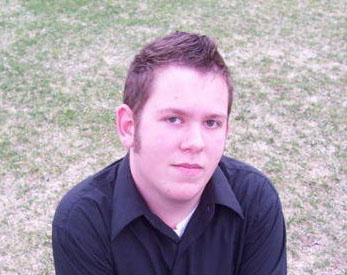Learn about the most powerful non-destructive magnet in the world -- and how Nikola Tesla's work more than a century ago makes it possible.
November 21, 2013On March 22, 2012, scientists at Los Alamos National Laboratory achieved a 100.75 tesla magnetic pulse -- a level 2,000,000 times more powerful than the Earth's magnetic field. In this video, listen for the sound the magnet makes as it is energized. | Video courtesy of Los Alamos National Laboratory.
This week on Energy.gov, we’re revisiting the storied rivalry between two of history’s most important energy-related inventors and engineers: Thomas Edison and Nikola Tesla. Check back each day to learn more about their lives, their inventions and how their contributions are still impacting the way we use energy today. Support your favorite with the hashtags #teamedison and #teamtesla on social media, or cast your vote on our website.
In March 2012, scientists at Los Alamos National Laboratory set a world record by achieving a 100.75 tesla magnetic pulse, about 2,000,000 times more powerful than the Earth's magnetic field.
The Pulsed Field Facility at Los Alamos National Lab includes the capacitor banks, generators and technical systems necessary to support an array of powerful magnets. One of those is the 100 tesla multi-shot magnet, which produces the most powerful non-destructive magnetic field in the world.
The study of magnets and their properties is intrinsically related to one of our featured inventors this week: Nikola Tesla. Tesla discovered the rotating magnetic field in 1882, a physical principle which figured prominently in many of his future inventions. An honor reserved for very few scientists, the tesla (T) was designated as the unit of measurement for magnetic flux density, or the strength of a magnetic field, in 1956. The tesla is used as the unit of measurement for very strong magnetic fields and is the International System of Units (SI) standard, while the gauss (G) is commonly used for weaker magnetic fields. The determination for the unit of measurement is one of scale: one tesla is equal to 10,000 gauss. For comparison, the Earth's magnetic field has a magnetic flux density of about 50 microtesla, or 0.00005 tesla.
This 100 tesla multi-shot magnet, called such because it can be used over and over again without being destroyed by the force of the magnetic field it creates, is pulsed -- meaning the field it generates can only be sustained for a short period of time. The magnet itself is located inside a liquid nitrogen container that keeps it at a chilly -198.15 degrees Celsius (-324.67 degrees Fahrenheit), which prevents the magnet from overheating due to the powerful pulse of electricity. The Pulsed Field Facility, and its collection of magnets, is available for use by researchers and scientists from academia and the private sector as a designated user facility.
The 100 tesla magnet at Los Alamos National Lab is being used to study superconductivity, how different materials behave under the influence of a very high magnetic field and it could even be used as a nanoscale microscope. All of this is possible because of the pioneering discoveries made by Nikola Tesla more than a century ago.


